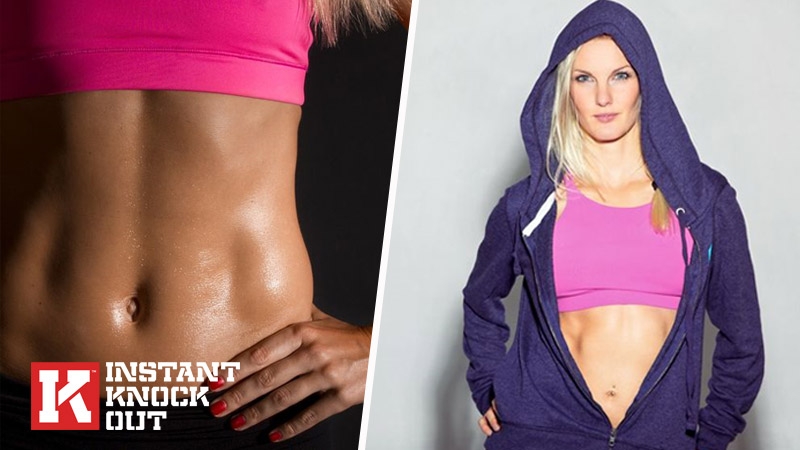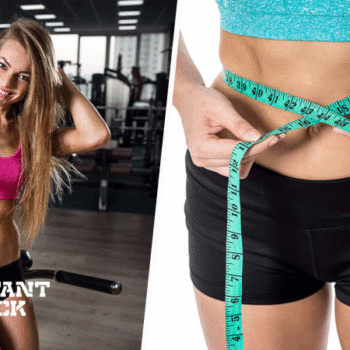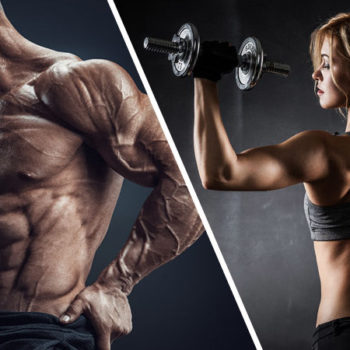Does Working out in a Hoodie Help with Weight Loss?

Getting the motivation to start your weight loss journey is the hardest thing. But once you’ve done that, it’s all about persistence and effort.
The problem is that there are just so many hints, tips and hacks that you can’t separate the myths from the advice that really works. And this makes life so much harder.
In this article we’ll tell you all you need to know about fat loss, shredding your abs and leaning out.
Will wearing a hoodie whilst training help you get there?
Let’s find out.
Here’s what we’ll cover:
- The basics of fat loss
- Why fat loss and weight loss aren’t the same
- Can a hoodie ramp up your weight loss progress?
The Basics of Fat Loss
When you’re starting on a cut or a shred you need to start with the basics. Not only do they provide a foundation to ‘build the house’, they give you the most progress for the least amount of effort.
First rule – in order to lose fat you need to take in less calories than you burn off. Do this on a daily basis and over time you’ll begin to lose weight and inches.
Why? Because when you’re in a calorie deficit your body realizes that you’re running low on fuel. If you’re not careful you’ll run on low energy and find everyday tasks impossible. So to make up the difference, your body allows the stored fat in your adipose cells to enter the bloodstream and be taken up by your tissues for energy.
It’s a kind of self-protective mechanism.
The results is that more fat gets burned and your fat cells shrink.
Without the calorie deficit though, your body just doesn’t see any reason to get rid of the stored fat. It’s stubborn like that.
As far as it’s concerned, you might not have another meal coming for a few days so it best cling onto those calories for as long as it can. Your body doesn’t know you’re sat in a coffee shop staring at cakes, buns and treats – as far as it’s concerned you’re hunting on the Saharan plains, looking for your next catch.
So you have to work for fat loss by earning it through a deficit.
Energy expenditure and ‘calorie burning’
When you eat food, you put energy into your body. Carbs, fats and protein all contribute towards your daily energy input.
As we’ve already said, in order to lose fat you need to make sure that energy input is lower than energy expenditure. This is what’s called a negative energy balance.
So whilst energy input is measured by food calories, total daily energy expenditure (TDEE) is anything that burns those calories and includes:
- Basal metabolic rate (BMR) – the energy you use each day to keep your heart beating and your brain functioning. It accounts for around 60-70% of your daily TDEE.
- None-exercise activity thermogenesis (NEAT) – this is the energy you burn whilst moving around, fidgeting, walking, cleaning the house and so on. It accounts for as much as 30% of your overall TDEE
- Exercise – this refers to any structured physical activity or sports and only accounts for 15% or so of daily energy burn.
- Thermal effect of food (TEF) – when you digest the food you eat, it takes a small amount of energy to help the process. Around 5-10% of your TDEE is made up of food metabolism.
Key Point: Losing body fat is a simple mismatch between energy input and output – eat less than you burn off and you’ll lose fat.
Weight loss and fat loss aren’t the same thing
So fat loss is achieved by negative energy balance. It takes time for you to drop sufficient fat for you to notice a difference. It can be hard work, and at times pretty tough too.
It gets harder as you get nearer and nearer to your optimal target body composition.
But weight loss is much easier… and doesn’t necessarily mean fat loss.
Weight loss is purely a factor of mass change, not fat loss
Traditionally, you might have used weighing scales to chart your progress. And if you did, we’re guessing that’s the only tool you used.
But your body is made up of more than just fat – it’s made up of a number of different things.
Changes to lean muscle levels, water balance, glycogen storage and fat will all effect your total mass. It even includes the sweet potato chili fires and garden salad you just ate for lunch which is sat in your stomach, adding body mass.
Your weight changes all the time
Body mass is very dynamic. If you we’re to weigh yourself multiple times per day you’d notice just how much your weight fluctuates throughout any given day.
For example, when you wake up, your stomach is empty and your muscles aren’t holding as much glycogen (and therefore water) you’ll probably weight less than after a day of eating and drinking.
For that reason, scales don’t give you an indication of fat loss, only your weight at that precise moment.
Will You Burn More Fat Wearing a Hoodie or Sweatshirt?
It’s been common practice for boxers and MMA fighters to train in the gym wearing hoodies or sweatshirts for years. The problem is that to someone who doesn’t understand that what and the why behind this, it might appear that they’re doing it to shred more fat.
They aren’t. Hoodies don’t help you burn fat.
Water weight isn’t fat weight
When you increase your core temperature through exercise, you sweat. And it makes sense that if you wear more clothing – such as with a hoodie – you’ll sweat even more. And this is true.
But all you’ll do is lose water weight. If you jumped on the scales after a tough (and warm) hoodie workout you’d most definitely weight less.
But grab a drink after your workout and your weight will have gone up again.
So why do fighters wear hoodies?
Competitive fighting takes place based on weight divisions. For example, a bantamweight fighter has to come in at around 118 lbs and a light flyweight has to come in at 108 lbs. If they go over that weight they aren’t allowed to fight.
So in the few days running up to the competition, fighters will try to drop as much water as they can in order to reduce their weight and make weight. They don’t want to lose muscle weight as this will make them weaker and less likely to win. You can’t just put that muscle back on overnight.
If they’ve made weight through water loss they can then rehydrate afterwards and prepare for the fight. It’s a strange and fairly unhealthy practice, but pretty common in combat sports.
Key Point: Wearing a hoodie will help you temporarily lose water weight… but you won’t lose any more fat.
Wear a Hoodie and Risk Heat Exhaustion
Not only does exercising in a hoodie not have an effect on fat loss, it can also significantly increase your risk of heat exhaustion.
When you exercise, you give off heat. This heat escapes your body and you begin to sweat in order to cool your skin.
Sweat suits, sauna suits and hoodies inhibit your ability to lose heat. And the consequence of this is your body gets warmer and warmer without having the ability to cool itself down.
The combination of intense exercise, coupled with clothing that limits evaporation can very quickly result in heat exhaustion – an illness characterized by:
- Nausea and vomiting
- Faintness, dizzyness and loss of balance
- Muscle cramp and headache
- Cold, clammy skin and heavy sweating
It’s dangerous and something you definitely need to avoid.
Summary – Should You Wear a Hoodie to Work Out?
The straight answer on this is no.
Unless you’re a fighter with a tight timeline to make weight, wearing a hoodie does not help with long-term weight loss. Not only that, but it can also cause dehydration and increase the risk of heat exhaustion.
We suggest that you track your calories, train hard and focus on a diet that is high in fat burning nutrients.



